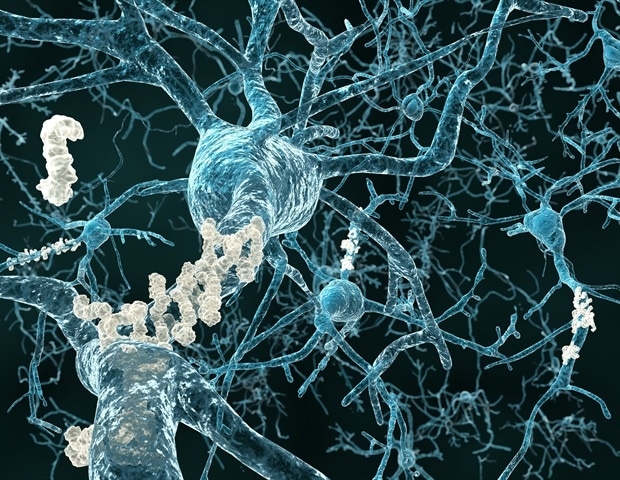In a groundbreaking development, researchers at The Florey have created a new mRNA technology to target the toxic protein tau that causes Alzheimer’s disease and other forms of dementia. This marks the first time mRNA has been explored for potential use in treating these conditions.
Dr. Rebecca Nisbet, who led the research team, explains that mRNA works like an instruction manual for cells. Once the cell absorbs the mRNA, it produces an antibody. In this case, The Florey used mRNA to instruct cells in cell models to generate RNJ1, an antibody designed by Dr. Nisbet to target tau clumps in brain cells.
PhD student Patricia Wongsodirdjo, who is the lead author of the paper published in Brain Communications, believes that their technique could be used with various therapeutic antibodies. They envision this strategy combined with nanoparticle packaging to enhance targeting of toxic substances in the brain and improve patient outcomes as compared to standard approaches.
Dr. Nisbet acknowledges that further research is needed on RNJ1 but hopes that emerging treatments like lecanemab will inspire others to continue exploring mRNA’s potential for treating Alzheimer’s disease and other dementias.
The Florey’s innovative approach could pave the way for a new generation of personalized treatments for neurodegenerative diseases like Alzheimer’s and Parkinson’s diseases.
The study highlights how mRNA can be used beyond vaccines and offers new hope for patients suffering from debilitating neurodegenerative diseases.
This breakthrough marks a significant milestone in the fight against Alzheimer’s disease and represents a major step forward in precision medicine.
The Florey team has demonstrated that mRNA technology can be applied to other fields besides vaccines, opening up new avenues for treatment options.
This novel approach could revolutionize how we treat neurodegenerative diseases and provide hope for millions of people affected by them.
